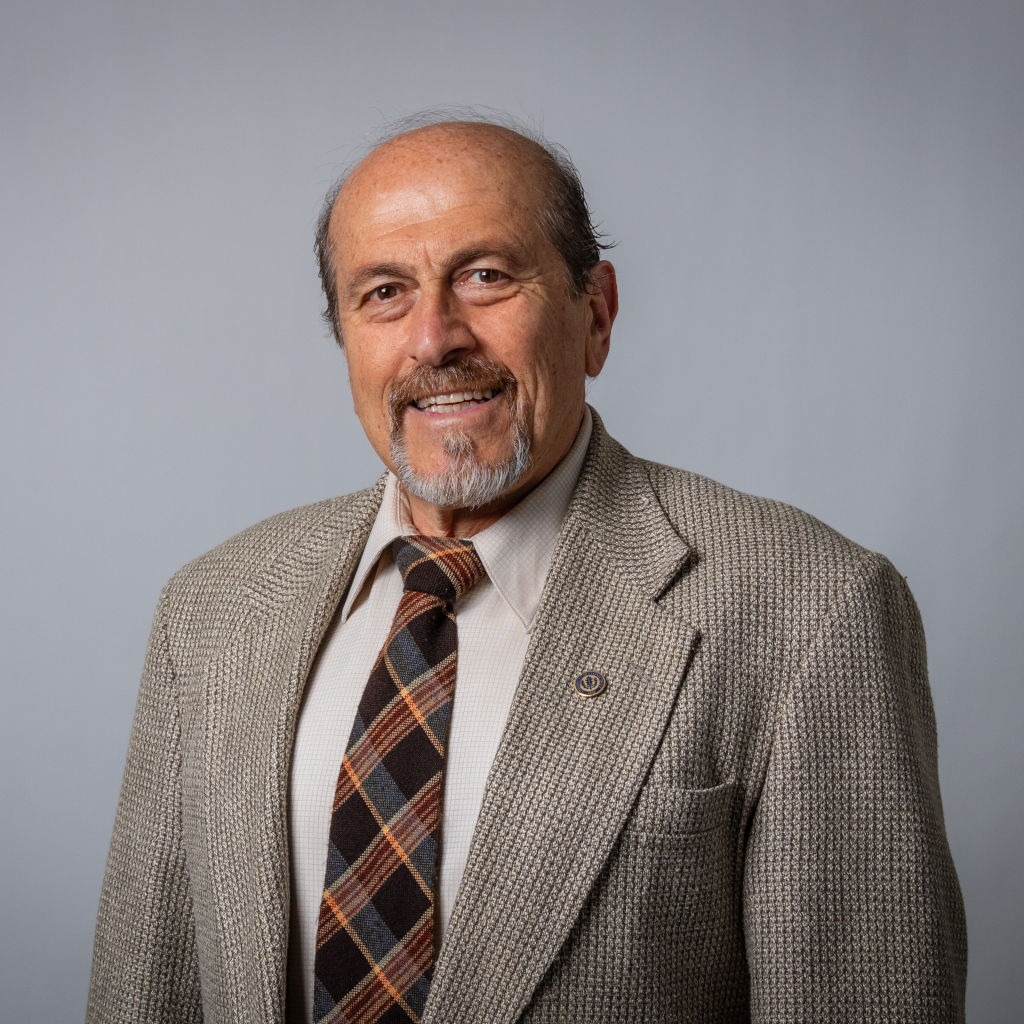
Professor, School of Mechanical, Aerospace and Manufacturing Engineering
| nejat.olgac@uconn.edu | |
| Phone | 860 486-2382 |
| Mailing Address | School of Mechanical, Aerospace, and Manufacturing Engineering, University of Connecticut, 191 Auditorium Rd. U-3139, Storrs, CT 06269 |
| Campus | Storrs |
| Link | Lab Website |
| Google Scholar Link | |
Brief Bio
Dr. Olgac joined the faculty of the Mechanical Engineering Department in 1981. He received his Doctor of Science degree from Columbia University in 1976 and M.Sc. degree at the Technical Univ. of Istanbul, Turkey 1972 (summa-cum-laude), both in Mechanical Engineering. Prior to joining the department, he directed an industrial operation in radio, television, and home appliance manufacturing. His research interests are on time-delayed systems, vibration suppression techniques, nonlinear robust control of dynamic systems, and micromanipulation in cellular biology.
On the stability of time delayed systems he has introduced a mathematical paradigm, called the Cluster Treatment of Characteristic Roots (CTCR). This paradigm has direct application in the fields of optimized high-speed machining chatter (resulted in a patent in 2011), communication networks, conventional digital feedback controls and thermoacoustic instability controls. Dr. Olgac also invented a new concept of actively tuning vibration absorbers. This concept, called the Delayed Resonator (DR), resulted in three patents (1995, 1996 and 1999). In his work on nonlinear robust control of dynamic systems, he has developed advanced control algorithms for systems with uncertain dynamics using sliding mode control fundamentals. Dr. Olgac is currently exploring new methodologies in time-delay management for complex systems with multiple time delays, optimal semi-active vibration control strategies, and nano-manipulative tasks in bioengineering.
- Prediction and control of Thermoacoustic Instabilities
- Time Delay Systems and CTCR (Cluster Treatment of Characteristic Roots) Paradigm
- Ros-Drill© Microinjector
- Swarm Dynamics, Control, and Time Delayed Communication